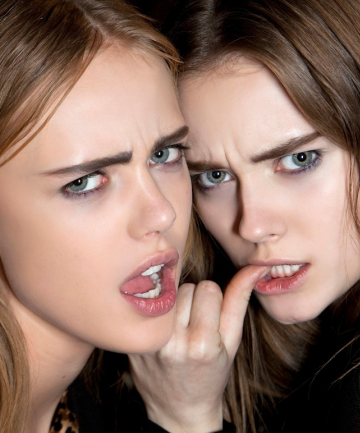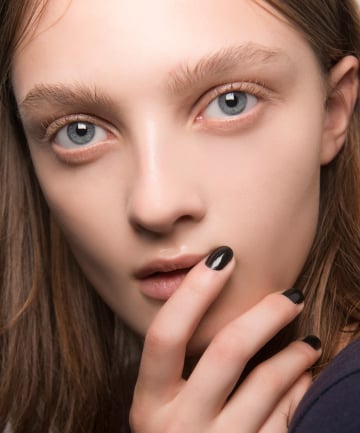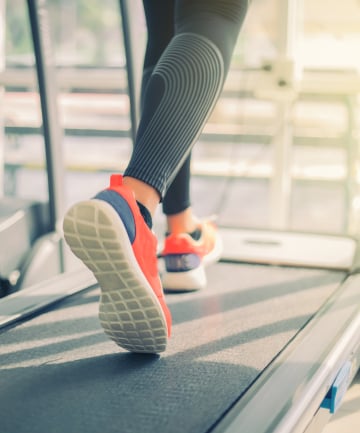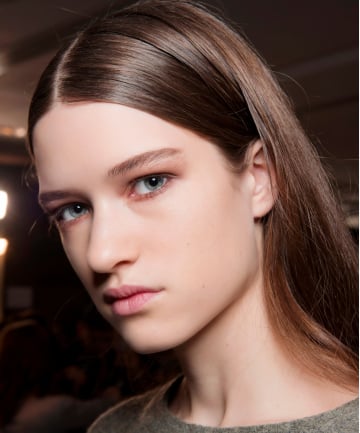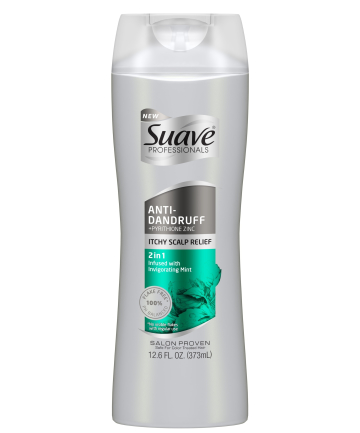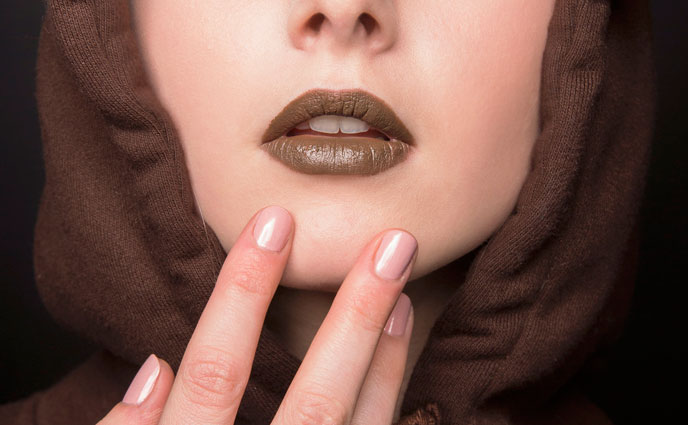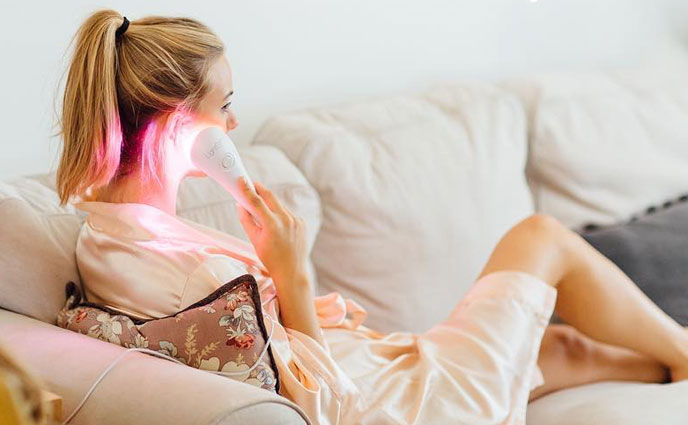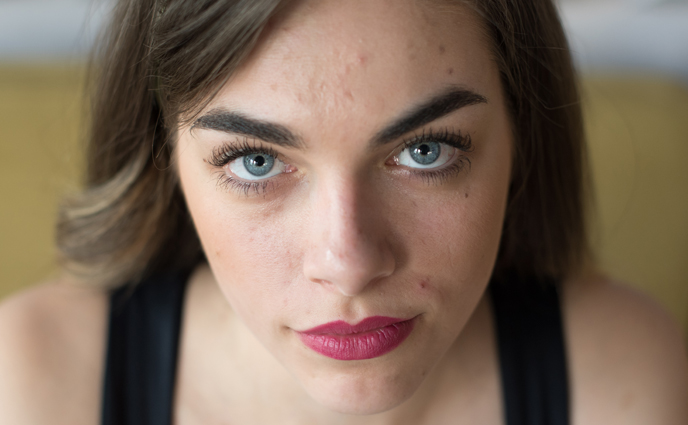In the skin care world, a scary new term has been making the rounds lately: "fungal acne" — aka an unholy alliance of two of your least favorite things. It's a phrase that'll definitely have you wondering "What is that?" followed quickly by "Do I have it??"
To ease our fears, we talked to some dermatologists about the skin affliction and, luckily, it's fairly easy to identify and treat. Keep reading to find out everything you need to know about fungal acne — and how to get rid of it.
Image via Imaxtree
To ease our fears, we talked to some dermatologists about the skin affliction and, luckily, it's fairly easy to identify and treat. Keep reading to find out everything you need to know about fungal acne — and how to get rid of it.
Image via Imaxtree
Connecticut-based dermatologist Dr. Mona Gohara points out that the term "fungal acne" is actually something of a misnomer. "There really is no such thing as fungal acne," she says. "The term pityrosporum folliculitis refers to a skin condition distinct from traditional acne, whereby itchy, inflamed, pimple-like bumps erupt on the chest, back and other areas occluded under clothing."
So yes, as Gohara explains, it's not actually acne — it just gets called that because of its similar appearance.
Image via Imaxtree
So yes, as Gohara explains, it's not actually acne — it just gets called that because of its similar appearance.
Image via Imaxtree
"Fungal acne is an infection of the hair follicles caused by Malassezia, a yeast," says New York City-based dermatologist Dr. Dhaval Bhanusali. Though the name may sound scary, rest assured — Malassezia is naturally occurring on everyone's skin. "This yeast is on all of our bodies naturally, however sometimes it overgrows when we sweat, leading to pityrosporum folliculitis and other conditions," explains Gohara.
Since sweat can cause overgrowth, fungal acne may be something you're acquainted with if you consider yourself a gym rat. "It's becoming more and more common, particularly among the workout crowd," says Bhanusali.
Image via Sumetee Theesungnern/EyeEm/Getty
Since sweat can cause overgrowth, fungal acne may be something you're acquainted with if you consider yourself a gym rat. "It's becoming more and more common, particularly among the workout crowd," says Bhanusali.
Image via Sumetee Theesungnern/EyeEm/Getty
As Gohara pointed out, fungal acne tends to be itchy — which marks a pretty clear distinction from regular acne. She also notes that fungal acne lesions tend to be "uniform" in appearance, which is another distinguishing feature. And if you're finding your breakouts immune to the usual acne treatments, such as benzoyl peroxide — well, that certainly be a sign that you're dealing fungal acne.
Image via Imaxtree
Image via Imaxtree
"You want to treat with medications that treat the yeast and look for ingredients like zinc pyrithione," says Bhanusali. "I usually tell my patients to use a product like Dove Men+Care Derma+Care Scalp 2 in 1 Shampoo & Conditioner Dandruff Defense, $4.89, or Suave Anti Dandruff Itchy Scalp Relief 2-in-1, $3.48, as a body wash." It may sound counter-intuitive to use shampoo on your body — but it turns out that Malassezia, the yeast that causes fungal acne, is often the culprit for dandruff as well. Bhanusali adds that you should leave the shampoo on as a treatment for around five minutes before rinsing and continue for a few weeks. Then, once it's cleared up, you can add in the anti-dandruff shampoo every once in a while after particularly sweaty gym sessions.
Gohara adds that in addition to any prescriptions you might receive after consulting your dermatologist, a soothing body wash can also help. "Using gentle cleansers is key so the fire isn't stoked," she explains. "My favorite is the Dove White Beauty Bar, $1.29. It moisturizes and replaces skin-identical lipids as it cleans."
Gohara adds that in addition to any prescriptions you might receive after consulting your dermatologist, a soothing body wash can also help. "Using gentle cleansers is key so the fire isn't stoked," she explains. "My favorite is the Dove White Beauty Bar, $1.29. It moisturizes and replaces skin-identical lipids as it cleans."


